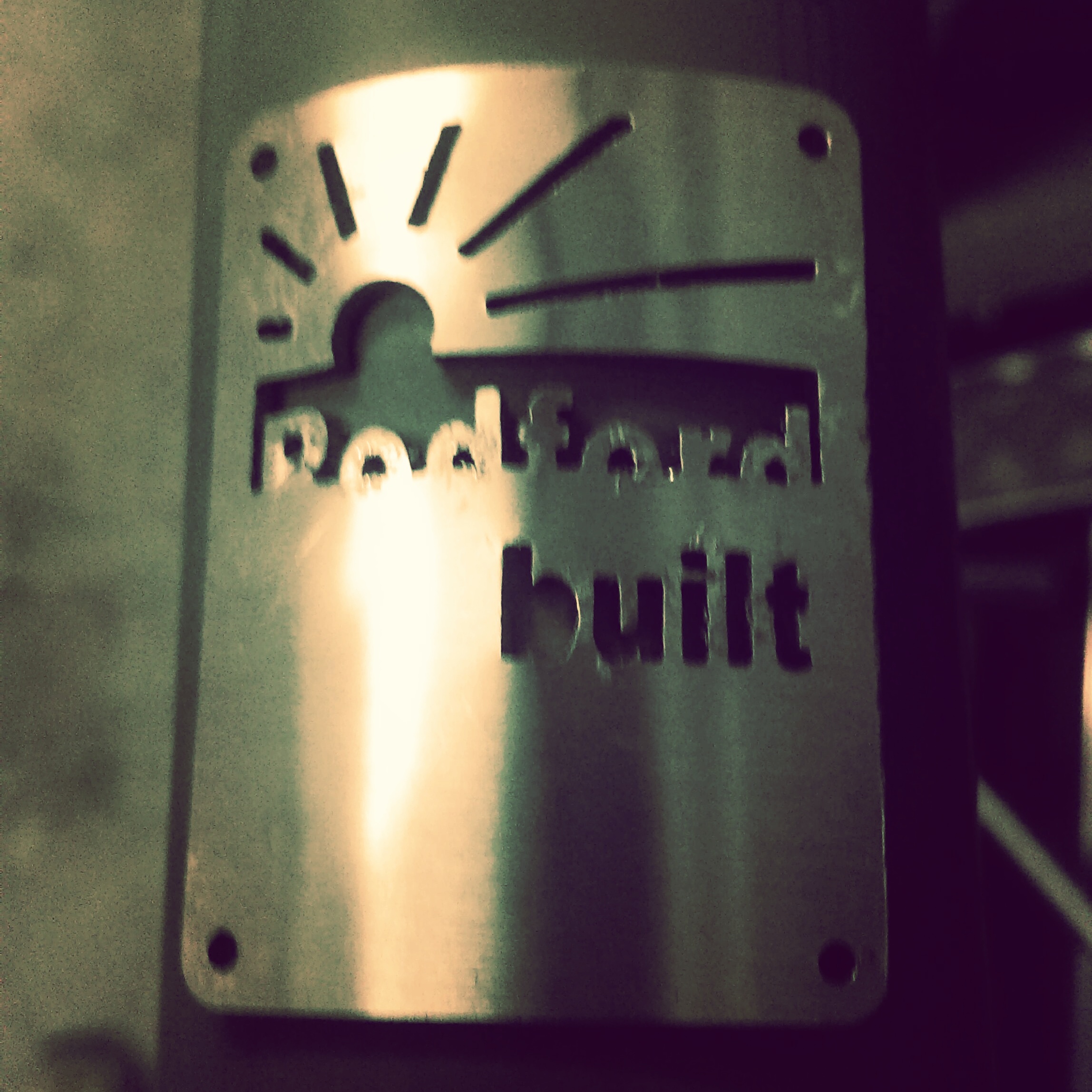In cargo bike design a lower bottom bracket is favourable. It gives a lower step over and a lower centre of gravity; but the ground clearance is also reduced, most notably the pedal clearance when cornering.So what is the ideal bottom bracket height and how does is relate to pedal strike angle? It is obvious that pedal strike is most likely to occur with the widest pedals, lowest bottom bracket height and longest crank set. If we know what these parameters are, then it is easy to work out the maximum lean angle before the pedal will touch the ground. Referring to the sketch above, a formula like this should do it............
It is obvious that pedal strike is most likely to occur with the widest pedals, lowest bottom bracket height and longest crank set. If we know what these parameters are, then it is easy to work out the maximum lean angle before the pedal will touch the ground. Referring to the sketch above, a formula like this should do it............
 Very approximately this graph shows that lowering the bottom bracket 10mm reduces the pedal strike angle by 2.5°.The next questions is - What sort of lean angle would we expect a rider to use in normal riding?This is difficult one to answer and depends on many factors, mostly the rider's style of riding. However we should be able to estimate some boundaries.Mathematically any more lean than 45° is unlikely and this would be from the most aggressive riders.A sedate City rider might only lean 25°.Here at Rodford we are using the formulae and these numbers as a guide to design bikes which are low and easy to ride, but which still have the ground clearance for every day riding.
Very approximately this graph shows that lowering the bottom bracket 10mm reduces the pedal strike angle by 2.5°.The next questions is - What sort of lean angle would we expect a rider to use in normal riding?This is difficult one to answer and depends on many factors, mostly the rider's style of riding. However we should be able to estimate some boundaries.Mathematically any more lean than 45° is unlikely and this would be from the most aggressive riders.A sedate City rider might only lean 25°.Here at Rodford we are using the formulae and these numbers as a guide to design bikes which are low and easy to ride, but which still have the ground clearance for every day riding.
